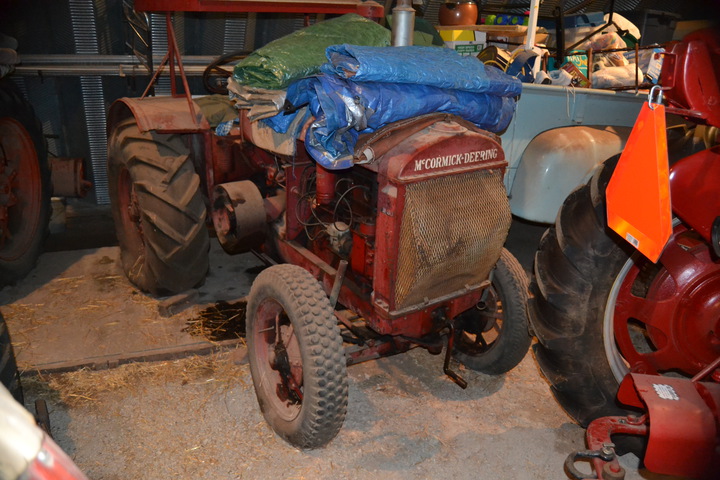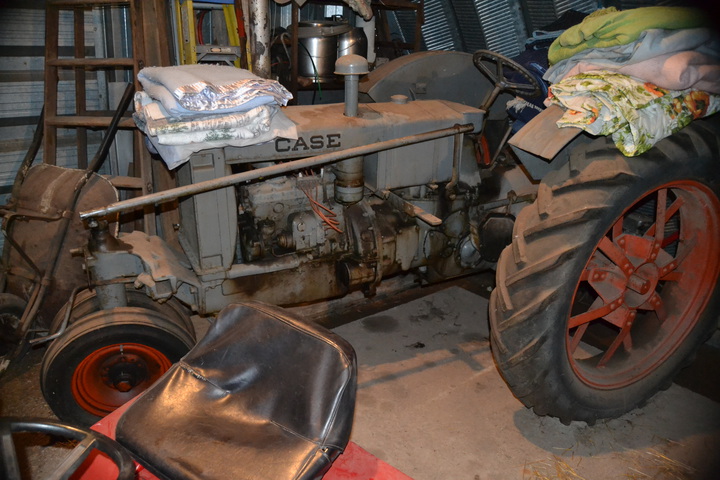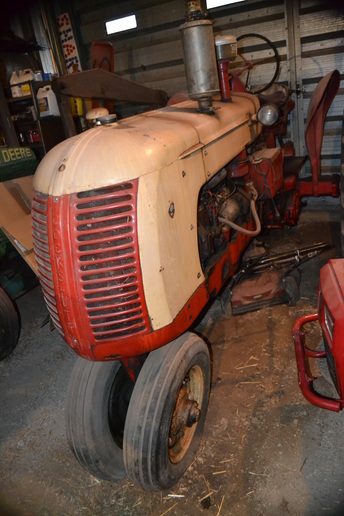Straw Boss
Well-known Member
Ok, soooo....it seems that whenever it gets below zero around here, the sewer vents on the roof tops of my house ice over as the warm moist air hits the cold air. Just the last five inches or so above the roof line. Sewer gas (rotten egg smell) then backs up into the house. How do I fix this? My plumber has no idea. Lumber yard has no idea. Menards said they used to have some kind of bucket that sits over it to insulate and protect from the elements but haven't carried them in years so couldn't show me what it looks like. Anyone else have this problem and know how to fix it? Not to thrilled about climbing to a second story rooftop in the dark at -11 below temps to knock the ice off of them tonight, let alone having to repeat said procedure a few more times until March.




